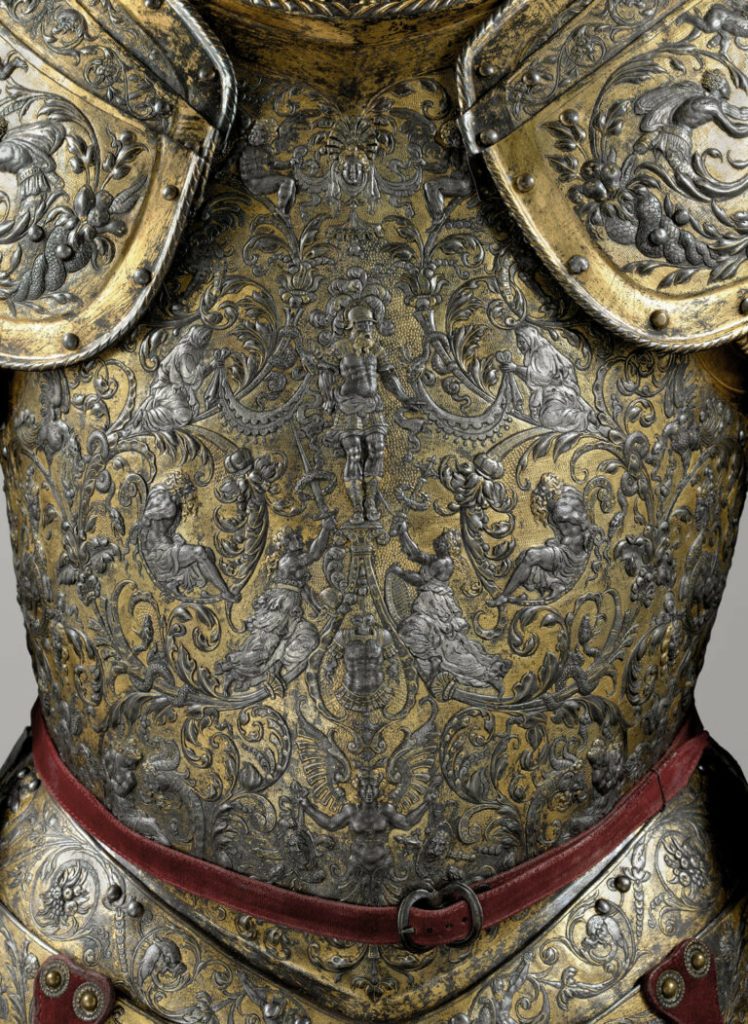Henry II, originally known as Duke d’Orleans, ascended the French throne in 1547 and ruled until his untimely demise in 1559. A significant figure from the distinguished House of Valois, he earned a reputation for his adept administrative abilities and staunch opposition to Protestantism. Following the path laid out by his father, Francis I, Henry II was a devoted patron of the arts, playing an integral role in promoting Renaissance culture and values during his reign.
A King with a Vision
Henry II’s reign was marked by a keen interest in architecture, literature, and the arts. Among his notable contributions to French cultural heritage was the continued reconstruction of the Louvre, transforming it into an architectural masterpiece that reflected the grandeur of the French monarchy. He also spearheaded the establishment of the Château d’Anet, a luxurious residence built as a tribute to Diane de Poitiers, his lifelong companion and confidante.
Though married to Catherine de’ Medici, with whom he had ten children, including three future kings of France, Henry’s personal life was deeply intertwined with Diane de Poitiers, an influential aristocrat who was twenty years his senior. Despite the controversy surrounding their relationship, Diane held significant sway over the king, and her influence extended to matters of state and cultural patronage.

In addition to his architectural pursuits, Henry was an admirer of literature and poetry, earning a reputation for his refined taste and impeccable fashion sense. His reign reflected a dedication to preserving and expanding the cultural advancements of the Renaissance.
The Parade Armor: A Reflection of Regal Splendor
A Masterpiece of Craftsmanship
One of the most iconic symbols of Henry II’s reign is his Parade Armor, a ceremonial piece that remains an enduring testament to the artistry of the Renaissance. Currently housed at the Metropolitan Museum of Art in New York, this armor was meticulously crafted between 1553 and 1555. Its elaborate design is attributed to Etienne Delaune, a gifted French goldsmith and engraver whose work was influenced by the Little Masters of Germany.
The Parade Armor stands out as a ceremonial artifact rather than a piece intended for battle. Its intricate decoration and symbolic imagery highlight the fusion of artistry and royal grandeur characteristic of the era.
Symbolism in Design
The armor’s design celebrates the king’s military achievements and personal emblems, showcasing a blend of human and mythical figures that convey strength, wisdom, and divine favor. Key elements of the armor’s decoration include:
- A breastplate depicting a Roman warrior receiving tribute from kneeling women, symbolizing loyalty and conquest.
- Shoulders adorned with the mythological scene of Apollo pursuing Daphne, emphasizing themes of pursuit and power.
- A backplate featuring Apollo’s victory over the monster Python, a metaphor for triumph over chaos.
- The repeated use of Henry’s crescent moon emblem, underscoring his identity and personal legacy.
Accompanying the armor are approximately 20 original sketches believed to be designs by Delaune himself. These sketches offer valuable insight into the creative process behind this extraordinary piece, further solidifying its status as a Renaissance masterpiece.
A Lasting Legacy
Henry II’s Parade Armor is not only a work of artistic brilliance but also a symbol of the cultural and historical significance of his reign. Widely regarded as one of the most ornate armors of its time, it embodies the sophistication and grandeur of 16th-century France.
The Tragic End of a Monarch
Despite his many accomplishments, Henry II’s life came to a sudden and tragic end during a jousting tournament in 1559. In a cruel twist of fate, a splinter from a shattered lance pierced his eye, leading to a fatal case of septicemia. The incident occurred during a celebratory event marking the marriage of his daughter, Elisabeth, to Philip II of Spain.
The armor Henry wore during the ill-fated tournament remains unknown, adding an air of mystery to the circumstances surrounding his death. However, his Parade Armor endures as a vivid representation of his reign, a relic of the artistic and cultural achievements of the French Renaissance.
A Monarch Remembered
Henry II’s contributions to French culture, art, and architecture left an indelible mark on history. His support of the arts, commitment to Renaissance ideals, and efforts to strengthen the monarchy solidified his legacy as a ruler of vision and refinement. While his life was tragically cut short, the symbols of his reign, including his magnificent Parade Armor, continue to captivate and inspire generations.
The Parade Armor, with its intricate designs and historical significance, serves as a window into the splendor of Henry II’s time. As a masterpiece of craftsmanship and a celebration of regal authority, it remains a poignant reminder of a king who sought to leave an enduring imprint on French history and culture.
Henry II’s story is one of ambition, artistry, and human frailty. His legacy, immortalized in both architectural achievements and extraordinary artifacts like the Parade Armor, ensures that his impact on French history will not be forgotten. Through his dedication to the arts and the grandeur of the Renaissance, Henry II carved a place for himself as a monarch who not only ruled with authority but also enriched the cultural fabric of his kingdom.





